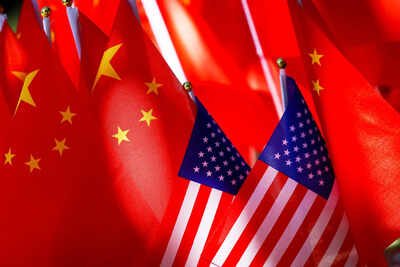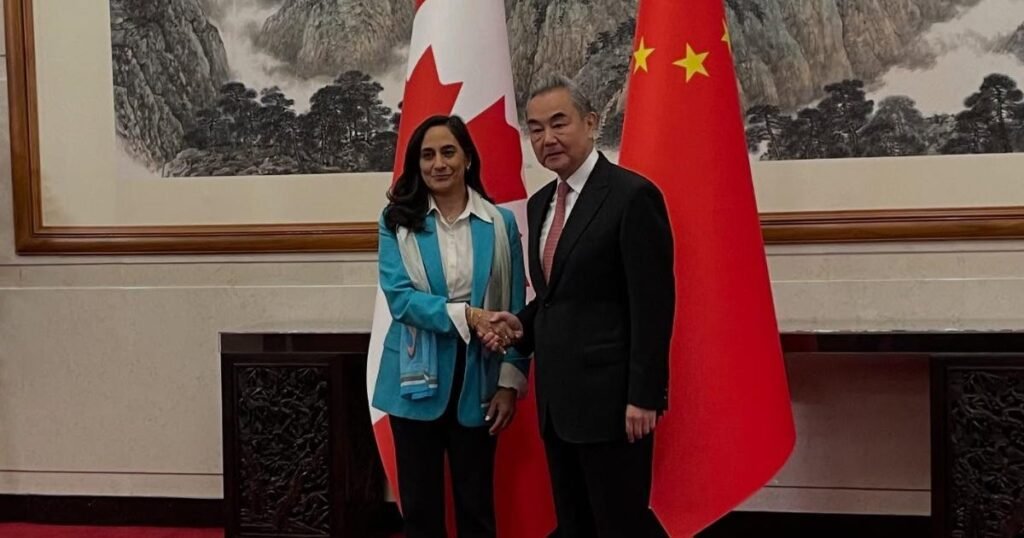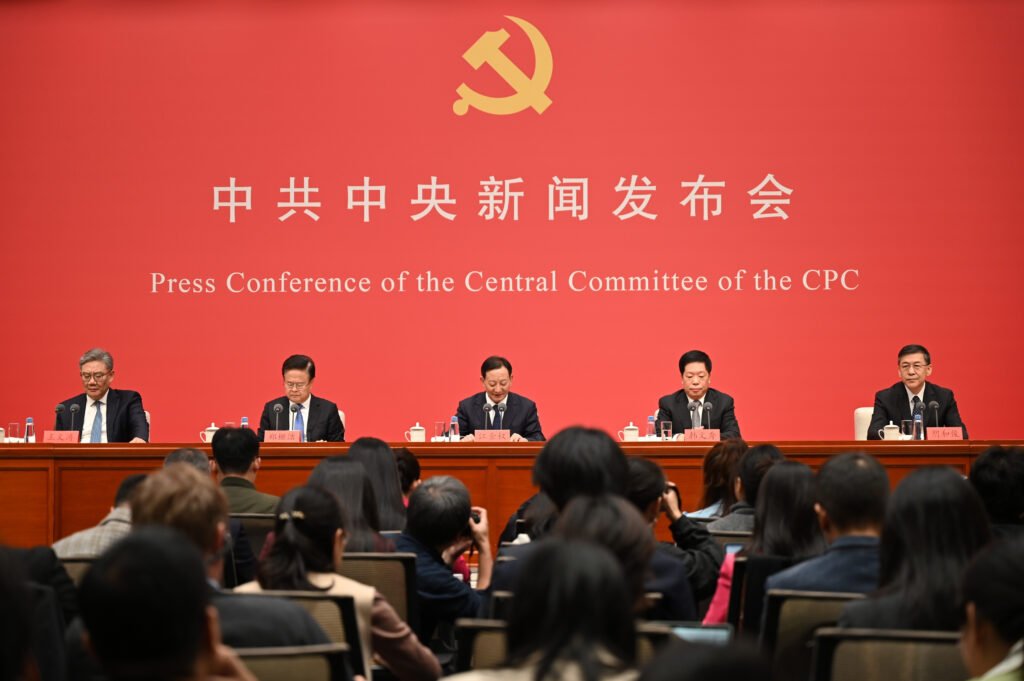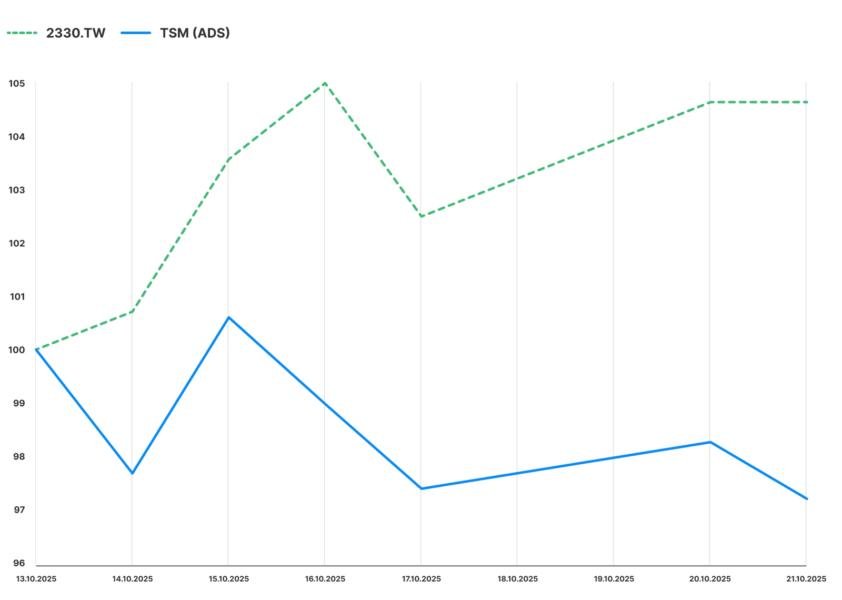Beijing
—
Chinese leaders have just concluded a closed-door conclave focused on drawing up the country’s next five-year economic blueprint – a sweeping plan covering everything from accelerating tech innovation to streamlining how China’s farms grow food.
Stakes are high for formulating that strategy, with Chinese officials under pressure to reduce reliance on imported technology and address economic weaknesses as the country faces a deepening rivalry with the US.
But drawing up the plan – especially at a moment when Washington remains immobilized by a government shutdown over spending for the current fiscal year – also gives leader Xi Jinping an opportunity to showcase a source of his confidence in China’s rise: the authoritarian country’s ability to produce – and deliver on – far-reaching visions.
Chinese state media and officials have not been delicate about playing up what they see as that competitive advantage in recent days.
“Scientifically formulating and continuously implementing the five-year plan is … a key political advantage of socialism with Chinese characteristics. Many foreign political parties envy us for this,” Jiang Jinquan, an official with the Communist Party Central Committee’s Policy Research Office, said at a press briefing Friday, adding that such plans were essential for “gaining strategic initiative in the midst of intense international competition.”
A commentary in the Communist Party mouthpiece People’s Daily published Thursday praised how China “views the whole country as one chessboard… and continues to advance steadily along the correct direction,” while “some countries remain trapped in the shortsightedness and constant policy reversals under multiparty systems.”
“Long-termism,” a blend of continuity and flexibility, is something “Western countries find difficult to match,” another article, in state media agency Xinhua, quoted Tsinghua University professor Yan Yilong as saying.
A separate commentary published by Beijing Daily, meanwhile, spotlighted the “out of control” situation in the US, pointing to the “No Kings” protests, the government shutdown, and a controversial AI-generated video meme shared by US President Donald Trump last weekend.
It concluded: “The (American) halo is illusory, and the myth is fragile. To use Trump’s own words: The United States has become a failed state in many ways and is ‘dying from within.’”
Such rhetoric is, of course, not unusual within China’s tightly controlled propaganda environment. And officials have long looked to play up the ills of other countries, especially the US, to boost their own image for domestic and, increasingly, international audiences.
But the sentiment also reflects the thinking of the country’s ruling Communist Party – and its leader Xi – at a moment when the two countries are sparring over tech and trade as they grapple with how to structure their economic relationship and rivalry.
And the chance to amplify that sentiment, through the pomp of crafting the upcoming five-year plan, couldn’t come at a better moment for Xi, days ahead of a meeting with Trump on the sidelines of an international summit in South Korea, and weeks after China reignited US ire by expanding its rare earths export control regime.
Full details of the upcoming five-year plan will not be released until after its approval by China’s rubber-stamp legislature in March. But an overview of the priorities approved by a powerful Communist Party committee that met over four days this week exuded confidence in China’s continued rise.
“We will strive for another five years to achieve a significant leap forward in our country’s economic strength, scientific and technological capabilities, national defense strength, comprehensive national power, and international influence by 2035,” a communique released by state media Thursday said.
Officials would “accelerate the development of building China’s strength in manufacturing, product quality, aerospace, transportation, and cyberspace.”
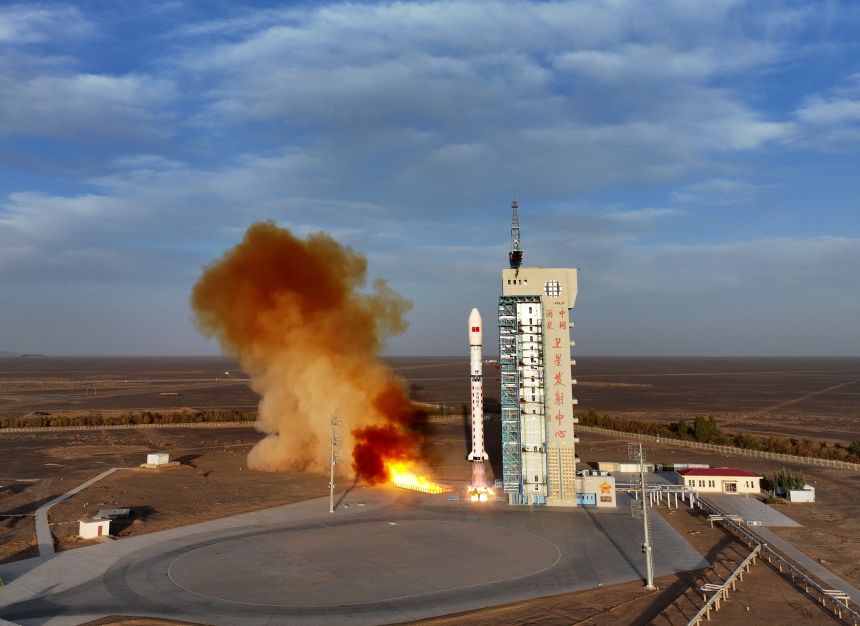
Leaders signaled they would stay the course on “accelerating high-level scientific and technological self-reliance” and infusing high tech into industry – building on China’s current efforts to upgrade its manufacturing and capacity to innovate.
“The proposals advocate for a forward-looking layout for future industries, promoting quantum technology, biotechnology, hydrogen energy, nuclear fusion, brain-computer interfaces, embodied intelligence, and sixth-generation mobile communications as new drivers of economic growth,” Zheng Shanjie, head of China’s National Development and Reform Commission, told reporters Friday.
The signaling following the meeting in Beijing suggested China would double down on its position as a manufacturing and industrial powerhouse, despite longstanding views from some analysts that it should transition to a services-driven economy as many developed economies have. The communique also stressed the importance of national security and the need to “accelerate the building of advanced combat capabilities” for the military.
Officials pointed to efforts to address challenges like flagging domestic consumption, socioeconomic inequality and “involution” – or cutthroat domestic competition linked to overcapacity. China would “vigorously boost consumption” and “improve the social security system,” as well as further opening China’s market to international players, according to the communique.
How officials precisely plan to achieve these goals will only become clearer over the coming months and years.
Observers have long noted the ability of China’s tightly controlled system to achieve far-reaching goals.
The country has raised hundreds of millions out of poverty, transformed into the world’s second-largest economy and a global growth engine, and more recently emerged as a technological powerhouse and a proponent of the green transition across the world.

And as the US shakes up its own foreign and domestic policy under Trump, Beijing is also touting China’s planning as proof that it, not the US, is a responsible global leader.
“In today’s global environment, some major powers frequently change their policies, and such ‘unpredictability’ has cast a shadow over world peace and development,” an editorial in state-backed tabloid Global Times published Friday said.
“The development roadmap unveiled in the communique for China’s next five years offers the world something truly rare in these turbulent times – certainty,” it added.
Unlike in Western democracies, where visions for a country are articulated by leaders elected by popular vote – and can often be voted down by opposition lawmakers – China’s five-year plans are crafted in the upper echelons of the Communist Party, ostensibly with what Beijing calls “mass consultation” with various sectors of society. Xi sits “at the helm” of this process, according to state media.
Once set, five-year plans act as marching orders for officials across the sprawling apparatus of the government and a guide for businesses, universities and other organizations on how to align their own strategies with the party’s.
Such plans have at times had disastrous consequences. The “Great Leap Forward” associated with the second five-year plan of 1958, that was supposed to drive China’s industrialization, instead drove the country into famine, killing an estimated tens of millions of people.
More recently, plans have spurred China’s energetic efforts to build out new industries like green technology and electric vehicles and upgrade factory production, but also shown some of the drawbacks of state-backed planning.
Take EVs, for example. China now dominates the sector globally, yet state support has also created artificial market saturation, driving price wars and an ongoing wave of company failures.
But for Xi, who is determined not to see China’s rise hindered by Western export controls and trade barriers, it’s clear that the power to chart out a vision, to deliver with a deadline in 2030, underlines his faith that his system will ultimately win out.
Or in his own words, as recently quoted in state media, when it comes to China’s “revitalization,” this planning creates “a vital political advantage.”


